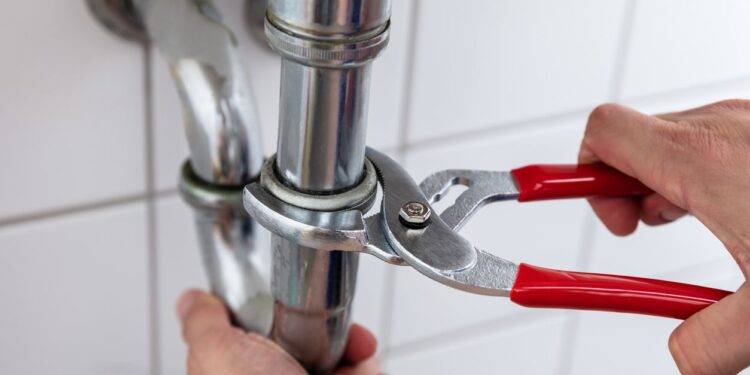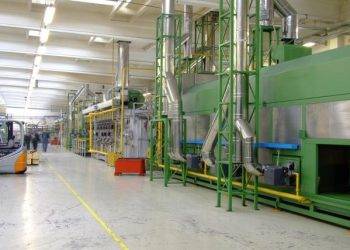Your home’s plumbing system is vital to your everyday life. It provides water for drinking, cooking, and cleaning, as well as providing sanitation by safely carrying away wastewater.
Understanding basic plumbing basics can help you avoid costly repairs and keep your home functioning properly. Knowing the right things to do and what not to do can save you money, time, and stress in the future.
Water Supply
The water supply is a network of pipes that delivers clean, potable water to your home. It is essential for daily activities like cooking and washing clothes.
There are two types of supplies: public and private. A public water supply is a network of pipes that distributes piped water to at least 25 people or 15 service connections for 60 days per year.
It may be supplied by a municipal government or a private company. These systems are regulated by the U.S. Environmental Protection Agency (EPA).
The water line that connects your property to the public water main is called the supply line. This line should have a shutoff valve on it. It could be in an easily accessible location, or it might be buried inside your house’s drywall or behind your furnace.
Water Heater
Hot water is a fundamental need for most households. From showers and hand washing to cooking and laundry, it’s essential for everyday living.
When your hot water supply stops working, it can be a big inconvenience for you and your family. However, a home warranty can help you cover the cost of replacing your unit.
Your water heater is a large appliance that provides hot water to your home. It consists of four main parts: the tank, burner, thermostat and heating element.
You use a water heater to heat the water in your household faucets, laundry machine and dishwasher. The heater uses either electricity or gas to heat up the water in its tank.
The water heater can be an expensive part of your home, so it’s important to keep it well-maintained. Routine maintenance tasks, such as draining and flushing the system, can optimize its performance and significantly extend its lifespan.
Sewer
Sewers, or sewerage systems, are underground pipes that carry wastewater from
homes and businesses to waste treatment plants or disposal points. Unlike drinking water, which comes through your taps, wastewater has to be cleaned and sanitized before it can leave your home.
In most cases, homeowners are responsible for repairing their own sewer laterals, or underground pipes that connect your home’s wastewater to the main sewer line in your street. Problems with the public sewer main are typically handled by the city or municipality.
Sewer laterals are usually made of cast iron, although PVC and ABS are also used. Pipes can deteriorate over time and may need to be replaced. Tree roots can also damage house sewers, so homeowners should be careful where they plant trees and shrubs.
Drainage
Drainage is the process of removing excess water from the ground around your home, preventing pooling and flooding. Poorly drained areas can lead to structural damage and foundation issues.
There are a few different types of drainage systems, including surface drainage, subsurface drainage and stormwater management. Understanding the difference can help you choose the best system for your home and landscaping. For professional drainage consult a plumber in Mount Barker that specializes in that plumbing service.
The type of drainage system you use will depend on the type of water you have in your area. Whether you have a lot of runoff or just need to drain a small area, you should work with a professional to determine the best system for your needs.
Drainage is one of the most important plumbing basics every homeowner should know. Taking the time to understand drainage can prevent problems from occurring and keep your property looking beautiful!









